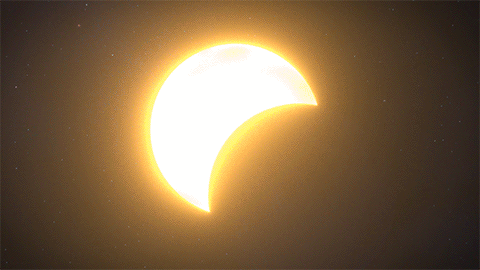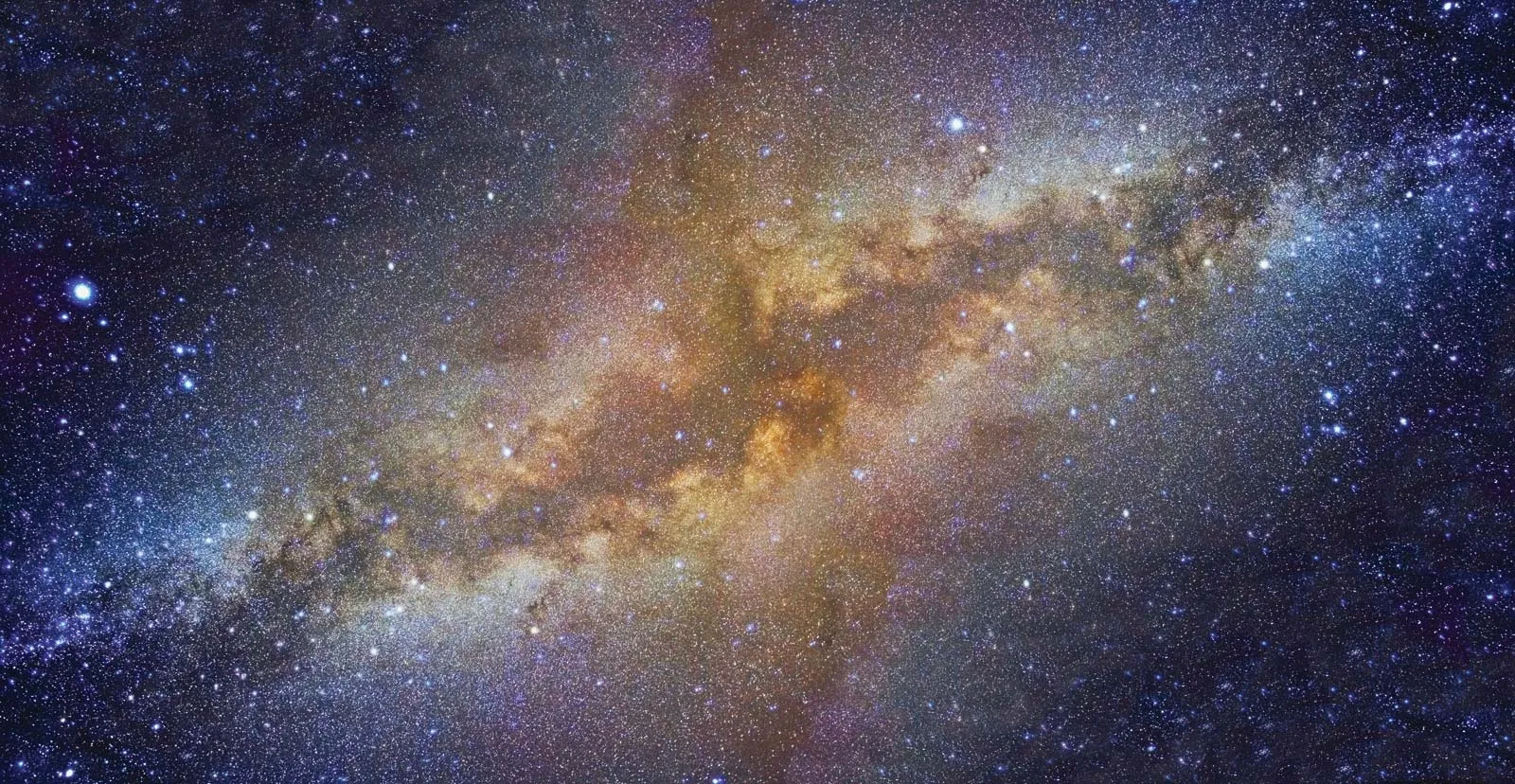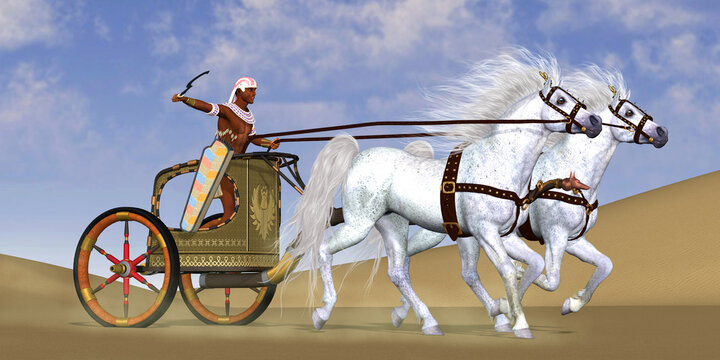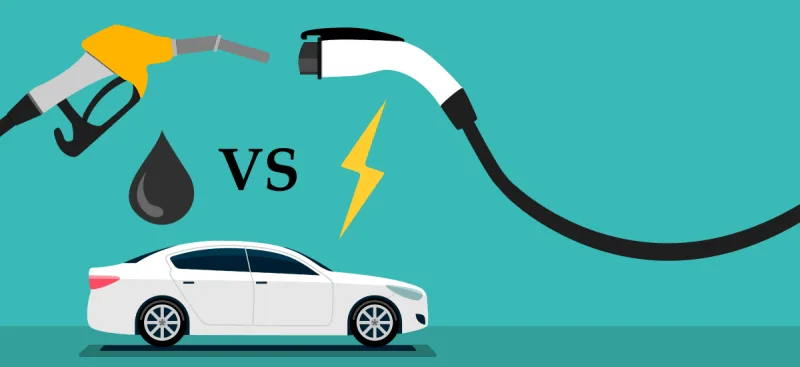
Introduction
Imagine the Sun suddenly getting a bit shy and the Moon stepping in to steal its spotlight for a little while. That’s a solar eclipse! On March 29, 2025, many around the world will see this cosmic event, and whether you’re a curious kid or a serious scientist, there’s plenty to learn. This editorial explains in simple language what causes a solar eclipse, its effects on humans, birds, and animals, and why it is both dangerous and delightful. We’ll also look at how many eclipses we see in a year, differences across hemispheres, and even explore some famous legends about eclipses. And yes, we will clear up the confusion about the “corona” and whether it has anything to do with Covid-19!
What Is a Solar Eclipse?
A solar eclipse happens when the Moon comes between the Sun and the Earth. This small rock (or ball of gas, really!) blocks the sunlight from reaching our planet, even if just for a few minutes. There are three main types of solar eclipses:
-
Total Eclipse: The Moon completely covers the Sun. It’s dark as night for a short time.
-
Partial Eclipse: Only part of the Sun is covered by the Moon.
-
Annular Eclipse: The Moon covers the center of the Sun, leaving a bright ring or “annulus” around it.
During a total eclipse, you can see the Sun’s outer atmosphere, called the corona, shining like a crown around the dark Moon. (And no, the corona has nothing to do with Covid-19—it simply means “crown” in Latin!)
What Causes a Solar Eclipse?
It might sound like magic, but it’s really all about the way the Sun, Moon, and Earth line up perfectly. Here’s how it works:
-
The Alignment: Every month, the Moon orbits the Earth. Sometimes, it passes right between the Earth and the Sun.
-
The Shadow: When this happens, the Moon casts a shadow on the Earth. If you are in the path of that shadow, you get to see the eclipse.
-
The Size and Distance: Even though the Moon is much smaller than the Sun, it is also much closer to the Earth. This perfect balance is why the Moon can sometimes cover the Sun completely!
How Many Eclipses Do We See in a Year?
Believe it or not, there are usually between 2 to 5 solar eclipses every year. However, not all of these are visible from the same place. Depending on where you live, you might see a total, partial, or annular eclipse. For example, while the total eclipse on March 29, 2025, may be visible from some parts of the world, others might see only a partial eclipse.
Safety First: Looking at a Solar Eclipse
A word of warning: Never look directly at the Sun during an eclipse without proper protection.
-
Danger to Your Eyes: Looking directly at the Sun, even during an eclipse, can damage your eyes permanently. The bright light can burn your retina and lead to “eclipse blindness.”
-
Proper Protection: Use special eclipse glasses or viewers approved by experts. Ordinary sunglasses are not enough!
Effects on Humans and Nature
Humans
-
Awe and Inspiration: Many people feel awe and wonder during an eclipse. It can be a time for reflection and celebration.
-
Scientific Interest: Scientists use eclipses to study the Sun’s corona and other solar phenomena.
-
Health Warnings: Despite the beauty, always protect your eyes. Some people even report feeling a bit chilly or drowsy during a total eclipse due to the sudden drop in light.
Birds and Animals
-
Behavioral Changes: When the Sun goes dark, birds might suddenly stop singing and go to sleep, thinking it’s time for bed. Animals may get confused too—some might become more active while others calm down.
-
Nature’s Pause: Many natural processes are linked to sunlight. An eclipse can momentarily disrupt these routines, which is both fascinating and a bit funny to watch (if you’re safely watching from afar!).
Solar Eclipse Around the World: Northern vs. Southern vs. Equator
-
Northern Hemisphere: Eclipses here can feel dramatic, with long shadows and cooler temperatures as the Sun is blocked. Cities in Europe and North America often host large viewing parties.
-
Southern Hemisphere: While eclipses occur here too, sometimes the weather and the angle of the Sun make them a bit less dramatic than in the north. But every eclipse is unique!
-
At the Equator: The Sun is almost directly overhead, so an eclipse can make for a very unusual and striking event. The temperature drop might be more noticeable, and the entire event can feel like a true cosmic spectacle.
History and Legends of Solar Eclipses
Solar eclipses have fascinated people for thousands of years. Here are some famous stories and legends:
-
Ancient Myths: In many cultures, a solar eclipse was seen as a dragon or demon eating the Sun. In Chinese legend, a celestial dragon was thought to devour the Sun, and people would bang pots and pans to scare it away.
-
Greek Legends: The ancient Greeks believed eclipses were signs from the gods, foretelling major events or changes in the world.
-
Indian Epics: In India, eclipses have long been linked to the battle between light and darkness. Stories from the epic Ramayana mention eclipses as signs of cosmic events.
-
Modern Misunderstandings: Even in more recent times, there have been myths about eclipses affecting human behavior or even predicting disasters!
Religious and Cultural Perspectives on Eclipses
Biblical References
In the Bible, eclipses are sometimes seen as signs from God. For example, during the crucifixion of Jesus, darkness fell over the land (Matthew 27:45, Mark 15:33). This event was interpreted as a divine signal—a moment that instilled both fear and awe among the people.
Amos 8:9 – “And it shall come to pass in that day, saith the Lord GOD, that I will cause the sun to go down at noon, and I will darken the earth in the clear day:” This verse has been interpreted by some to describe a phenomenon similar to a solar eclipse, where the sun appears to darken during the day.
Revelation 6:12 – I watched as he opened the sixth seal. There was a great earthquake. The sun turned black like sackcloth made of goat hair, the whole moon turned blood red
Acts 2:20 – The sun will be turned to darkness and the moon to blood before the coming of the great and glorious day of the Lord.
Quranic Insights
In Islamic tradition, solar eclipses serve as reminders of Allah’s power. The Quran encourages believers to reflect on such celestial events, not as portents of doom but as natural phenomena that highlight the majesty and order of creation. Eclipses, in this light, are seen as moments to turn inward and pray.
Hindu Mythology
Rahu and Ketu: One of the most famous myths is that of the demon Rahu. According to the legend, during the churning of the ocean (Samudra Manthan), Rahu disguised himself to drink the nectar of immortality. When the Sun and Moon exposed him, he was beheaded. His head (Rahu) and body (Ketu) now cause eclipses when they swallow the Sun or Moon in revenge.
What Is the Corona? (And It’s Not a Virus!)
During a total solar eclipse, when the Moon completely covers the Sun, you can see the Sun’s corona. The corona is the Sun’s outer atmosphere—a glowing halo of plasma that looks like a crown around the dark circle of the Moon.
-
Not Related to Covid-19: The word “corona” means “crown” in Latin, and it has been used to describe the Sun’s halo for centuries. It has no connection to the coronavirus, despite the similarity in names.
Fun Facts About Solar Eclipses
-
Frequency: While there are 2 to 5 solar eclipses per year globally, any one place on Earth might only see one every few hundred years.
-
Animal Reactions: During an eclipse, some animals behave as if it’s nighttime. Ever seen birds suddenly quiet down or nocturnal animals come out in the day? That’s the eclipse magic!
-
Temperature Drop: During a total eclipse, temperatures can drop noticeably. It’s like nature’s way of hitting the “pause” button.
-
Eclipse Glasses: Always use proper eclipse glasses. There have been funny stories of people trying to watch the eclipse with ordinary sunglasses—trust us, that’s not safe.
-
Not to Be Confused: A solar eclipse is different from a lunar eclipse. In a lunar eclipse, the Earth comes between the Sun and the Moon, and it happens at night. You can safely look at a lunar eclipse with the naked eye!
Solar vs. Lunar Eclipse: What’s the Difference?
-
Solar Eclipse: Happens during the day when the Moon blocks the Sun. It requires special eye protection.
-
Lunar Eclipse: Occurs at night when the Earth blocks sunlight from reaching the Moon. Since the Moon isn’t as bright, it’s safe to look at directly.
-
Visibility: Lunar eclipses can be seen by anyone on the night side of the Earth. Solar eclipses are visible only from specific areas.
What Happens If You Look Directly at a Solar Eclipse?
Looking directly at the Sun, even during an eclipse, can cause serious eye damage. Here’s why:
-
Retinal Burns: The Sun’s rays are very powerful and can burn your retina (the part of your eye that sees). This condition is sometimes called “eclipse blindness.”
-
Permanent Damage: Unlike a paper cut, eye damage from looking at the Sun is often permanent.
-
Safety Gear: Always use special eclipse glasses or viewers. Do not use regular sunglasses; they won’t protect you!
The Magic of Today’s Eclipse – March 29, 2025
Today, on March 29, 2025, many sky watchers will witness a spectacular solar eclipse. It’s a day for scientific wonder, family picnics (from a safe distance, of course!), and maybe even a little bit of awe-inspired poetry. Remember, though, if you want to see it safely, get your eclipse glasses ready!
Famous Eclipse Moments and Legends
Throughout history, solar eclipses have been linked with dramatic events and epic legends:
-
Battlefield Omens: In ancient battles, a sudden eclipse was sometimes taken as a bad omen, leading soldiers to believe that the gods were angry.
-
Cultural Celebrations: Many cultures held festivals or rituals during eclipses to honor the Sun or to pray for its return.
-
Scientific Breakthroughs: The 1919 solar eclipse was famous because it helped confirm Einstein’s theory of general relativity when starlight was seen bending around the Sun.
-
Modern Mishaps: There are plenty of humorous tales of eclipse parties where someone forgot their safety glasses, and the ensuing chaos became a lesson in “always come prepared!”
Are There Any Downsides to a Solar Eclipse?
While a solar eclipse is an amazing natural event, there are a few things to keep in mind:
-
Eye Safety: As mentioned, never look directly at the Sun. It’s dangerous!
-
Animal Confusion: Some animals might get a little confused by the sudden darkness, which can disrupt their normal behaviors.
-
Weather Effects: A quick drop in temperature during a total eclipse can affect the local weather briefly, though nothing too dramatic happens overall.
Conclusion
Solar eclipses are a fascinating mix of science, history, and legend. They remind us of the incredible dance between the Earth, Moon, and Sun, and they have inspired countless stories—from dragons devouring the Sun to scientific breakthroughs that changed our understanding of the universe. Today’s eclipse on March 29, 2025, is yet another chance to witness this cosmic spectacle.
While the event is both awe-inspiring and beautiful, it comes with a warning: always protect your eyes. And while nature might be momentarily thrown off by the sudden change in light, it also offers a unique opportunity to observe animal behavior and appreciate the delicate balance of our ecosystem.
In the end, whether you’re more fascinated by the raw power of a solar eclipse or the gentle beauty of a lunar one, these events are a powerful reminder of our place in the cosmos—tiny, curious, and forever in awe of the universe.
FAQs
What is a solar eclipse?
It is when the Moon passes between the Sun and the Earth, blocking the Sun’s light either partially or totally.
What causes a solar eclipse?
The perfect alignment of the Sun, Moon, and Earth causes the Moon’s shadow to fall on the Earth.
Is it safe to look at a solar eclipse?
No, looking directly at the Sun during an eclipse can cause serious eye damage. Always use eclipse glasses.
Can We Look at a Lunar Eclipse Directly?
Yes! Unlike solar eclipses, lunar eclipses are completely safe to view with the naked eye.
How many solar eclipses occur each year?
There are usually 2 to 5 solar eclipses globally every year.
What is the corona?
The corona is the Sun’s outer atmosphere, visible during a total solar eclipse. It means “crown” in Latin.
Does the corona have anything to do with Covid-19?
No, the term “corona” comes from Latin and is not related to the coronavirus.
What happens to animals during a solar eclipse?
Many animals become confused—birds may stop singing, and some nocturnal animals might even become active.
How is a solar eclipse different in various parts of the world?
The eclipse can look different depending on your location—northern, southern, or equatorial regions experience different angles and durations.
What are some famous legends about solar eclipses?
Many cultures have myths about dragons or demons eating the Sun, and eclipses have been seen as omens or signs from the gods.
Can I watch a lunar eclipse without special glasses?
Yes, lunar eclipses are safe to view with the naked eye because the Moon’s light is much dimmer.
Thesaurus
-
Eclipse: When one body in space blocks light from another.
-
Alignment: The straight-line arrangement of celestial bodies.
-
Corona: The Sun’s glowing outer atmosphere.
-
Shadow: The dark area produced when light is blocked.
-
Orbit: The path one object takes around another.
-
Annular: Ring-shaped, as seen in a specific type of solar eclipse.
-
Partial: Not complete; only part of the Sun is covered.
-
Totality: The period when the Sun is completely covered.
-
Celestial: Related to the sky or outer space.
-
Myth: A traditional story explaining natural phenomena.
-
Legend: A famous story or myth passed through generations.
-
Torque: The force that causes rotation.
-
Retina: The light-sensitive part of the eye.
-
Nimble: Quick and light in movement.
-
Spectacle: An impressive or unusual display.
- Divine: Of or relating to a god or gods.
External Resources
-
Example: Republic Day Gypsy Assembly – See how the Indian Army shows off its five-minute Gypsy assembly at Republic Day parades.
This editorial blends facts, fun, and a dose of facts to give you a comprehensive look at solar eclipses. Whether you’re curious about the science, safety, or the legends behind these mysterious events, today’s eclipse on March 29, 2025, is a reminder of the wonder and humor the universe has to offer. Enjoy the eclipse, and remember—safety first!









